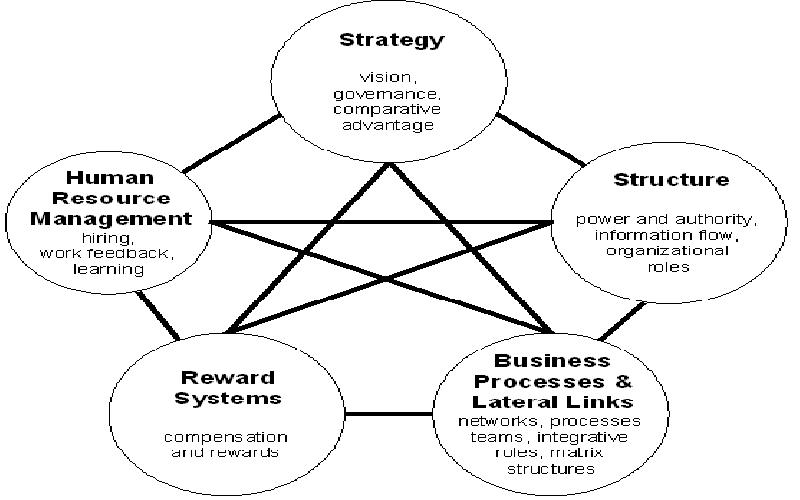Efficient Performance Management can hold the Key to Corporate Efficiency


One of the most important challenges in all human institutions is to ensure that the individuals, teams and institutions put in place are optimizing their effort to produce desired output. In commercial concerns, the tool used for this end is Corporate Performance Management, which not just reflects the outputs and outcomes, but also the overall level of corporate efficiency.
Evaluation of performance is one of the most important steps of managing business activities. Business consists of many steps, and many different options of doing it. Deciding the best of those options needs ways and means by which the managers can compare their performances. Over time, many indicators and methodologies have been developed for this purpose.
Business Performance Management is a system for finding out as to how your business enterprise and its various components are performing, so as to ensure that timely remedial measures can be undertaken to resolve any deficiencies or shortcomings therein.
The term Business performance management succeeds another similar term Business Intelligence, which was introduced in 1956, but gained popularity in 1989. To avoid confusing the abbreviation BPM with business process management, other terms like Corporate Performance Management and Enterprise Performance Management have somewhat substituted their use.
What all these terms denote is not an absolutely new concept. In fact it would be a grave folly to think that prior to the coinage of these terms, business enterprises never bothered to find as to how their concerns were performing.
So what differentiates the modern theories and concepts propagated by these terms are not so much innovative in their basic idea as they are in the introduction of methodologies for assessing the performance of business enterprise and even some of its components independently from each other, by collecting relevant data and analyzing it to have an intelligent feedback of performance.
Business performance is measured by using parameters that can be collected and quantified. The most common way of doing is to have some selected Key Performance Indicators which can be easily measured, and which are likely to reflect the performance. These indicators or KPI need to be identified separately for every enterprise, and would be often unique to it. Some of the common ones are 'turnover', 'number of customers added or acquired', 'customer complaints', 'orders confirmed', 'customer queries' and 'customer feedback score'. Each of them provides information about the overall performance about the enterprise as well as the performance of various divisions within the organization.
For example, a rise in turnover combined with falling customer queries may be an indication of sustained quality of the product or services but falling efficacy of advertising and publicity campaigns, that may suggest a need for reviewing the advertising strategies. Similarly, rising customer numbers with rising customer complaints may be an indication of a successful publicity program but inadequate quality of product or services.
Data pertaining to KPI is collected and analyzed using modern information technology and softwares. Recently many such softwares have become available and are being used for the purpose of business performance management. These include OLAP or Online Analytical Processing, sometimes simply called "Analytics", And Business Dashboards, among several others.
Balanced Scorecard is one of the most commonly utilized performance management tool today. It was first used in 1987 by Analog devices. Later it was popularized in 1992. It encompasses measurement of indicators across four different perspectives- financial perspective, customer perspective, internal process perspective, and learning and growth perspective. Each one of these perspectives requires different indicators, and reflects on the performance of a different division, while providing feedback about the enterprise as a whole.
Business performance management has become popular in recent times because of the availability of powerful computer hardware and software that have drastically cut down the cost of data-waring and analysis. This however, also imposes the risk of overdependence on statistics, which alone may not be able to fully substitute the human judgement.
Every individual person wants to live a fulfilling life. After all, it’s his birth right.
No-frills account is a bank account that can be opened even with a zero balance. The main aim behind the introduction of no-frills account is to offer basic banking services. .
There are various online courses available out there. One can benefit from Free Accounting Courses and free online Accounting classes if one wants to improve accounting skills.